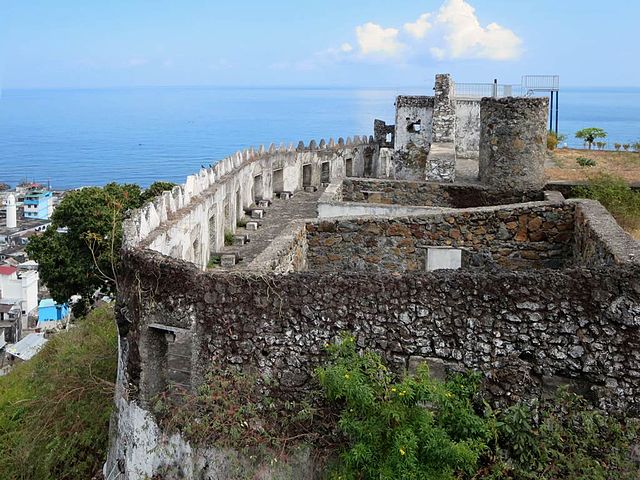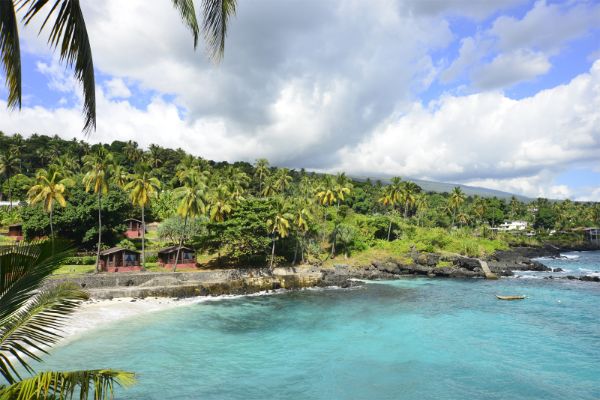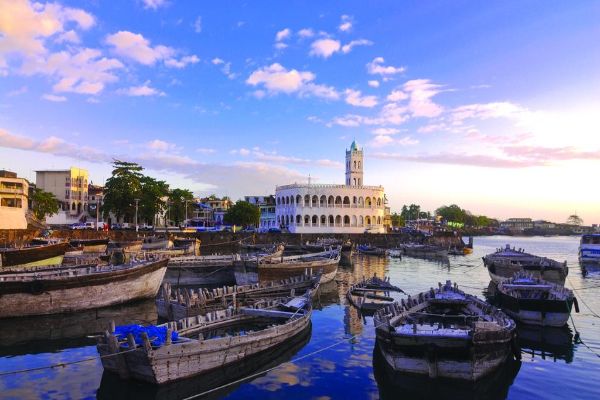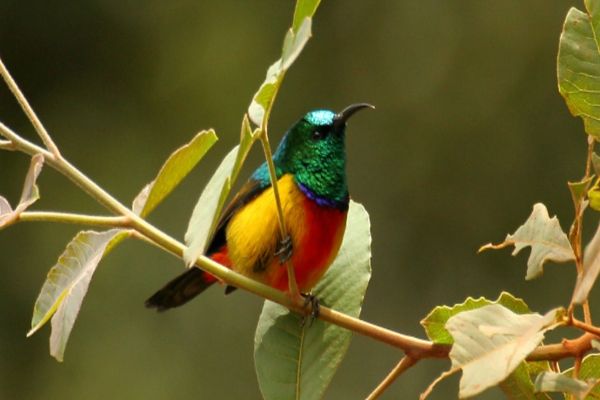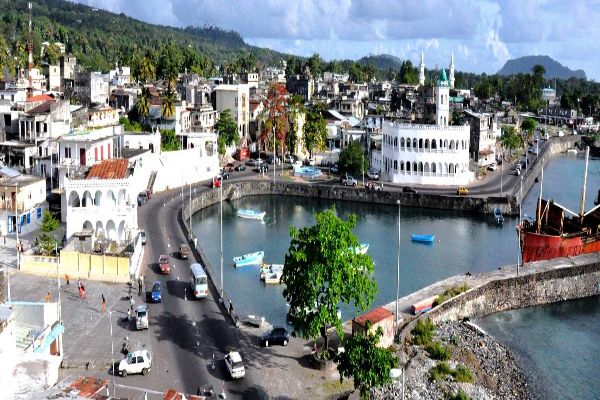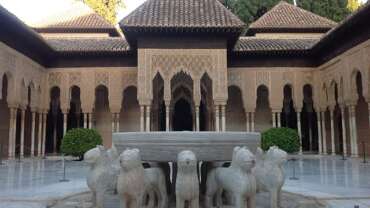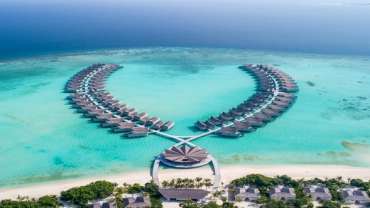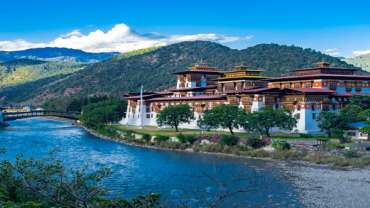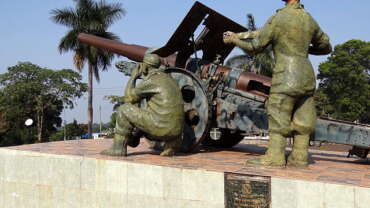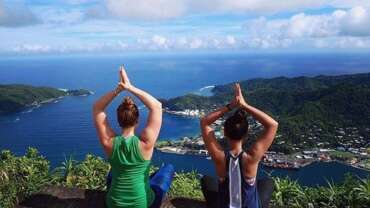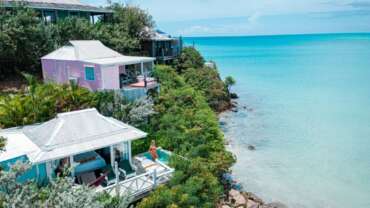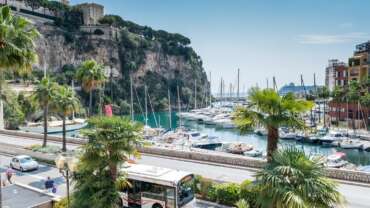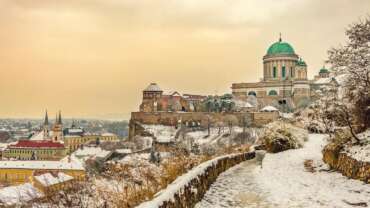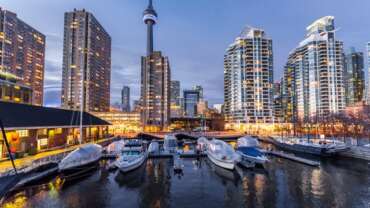Welcome to Comoros!
The Comoros is a volcanic archipelago off Africa’s east coast, in the warm Indian Ocean waters of the Mozambique Channel. The nation state’s largest island, Grande Comore (Ngazidja) is ringed by beaches and old lava from active Mt. Karthala volcano. Around the port and medina in the capital, Moroni, are carved doors and a white colonnaded mosque, the Ancienne Mosquée du Vendredi, recalling the islands’ Arab heritage.
History of Comoros
Comoros may have been inhabited by people of Malayo-Polynesian descent by the 5th or 6th century CE and possibly earlier. Others came from nearby Africa and Madagascar, and Arabs also made up a significant portion of the early population. The islands did not appear on a European world map until 1527, when they were depicted by the Portuguese cartographer Diego Ribero. The first Europeans known to visit the archipelago, somewhat later in the 16th century, appear to have been Portuguese. The Englishman Sir James Lancaster visited Grande Comore about 1591, but the dominant foreign influence in the islands remained Arabian until the 19th century.
In 1843 France officially took possession of Mayotte, and in 1886 it placed the other three islands under its protection. Administratively attached to Madagascar in 1912, Comoros became an overseas territory of France in 1947 and was given representation in the French National Assembly. In 1961, a year after Madagascar became independent, the islands were granted internal autonomy. Majorities on three of the islands voted for independence in 1974, but most of the inhabitants of Mayotte favoured continuing French rule. When the National Assembly of France held that each island should decide its own status, Comorian President Ahmed Abdallah (who was deposed later that year) declared the whole archipelago independent on July 6, 1975. Comoros was subsequently admitted to the United Nations, which recognized the integrity of the entire archipelago as one nation. France, however, acknowledged the sovereignty of only the three islands and upheld the autonomy of Mayotte, designating it a “territorial collectivity” (i.e., neither a territory nor a département) of France in 1976. As relations deteriorated, France withdrew all development and technical aid from Comoros. Ali Soilih became president and attempted to convert the country into a secular, socialist republic. In May 1978 a coup led by a French citizen, Col. Robert Denard, and a group of European mercenaries brought Abdallah, the exiled former president, back into power.
Diplomatic relations with France were resumed, a new constitution was drawn up, and Abdallah was reelected president in late 1978 and again in 1984, when he ran unopposed. He survived three coup attempts, but in November 1989 he was assassinated. Multiparty presidential elections were held in 1990, and Saïd Mohamed Djohar was elected president, but in September 1995 he was deposed in a coup led by Denard. The coup was defused when French intervention removed Denard and the mercenaries.
New elections were held in 1996. Under the newly elected president, Mohamed Abdoulkarim Taki, a new constitution was ratified and attempts were made to curtail government expenditures and increase revenues. By August 1997 secessionist movements on the islands of Anjouan and Mohéli had become strong enough that their leaders declared each island independent of the republic. The following month an attempt was made by the federal government to suppress the secessionist movement, but troops sent to the island of Anjouan were completely routed. The independence of the two islands was not recognized by any political polity outside the islands, however, and attempts to mediate the situation by international organizations failed.
Taki died suddenly in November 1998 and was replaced by an interim president, Tadjiddine Ben Saïd Massounde. The constitution called for new elections, but, before any were held, the interim president was ousted in April 1999 by a military coup led by the army chief of staff, Col. Azali Assoumani, who took control of the government. The new government was not recognized by the international community, but in July Assoumani negotiated an accord with the secessionists on the island of Anjouan. The secessionists signed an agreement that established a presidential term that would rotate among the three islands. The rotating presidential term was approved by all three islands in December 2001, as was a new draft constitution that provided each island with partial autonomy and their own local president and legislative assembly. The first federal elections under the terms of the new constitution were held in 2002, and Assoumani, from Grande Comore, was elected president. In 2006 the presidential term rotated to the island of Anjouan. Ahmed Abdallah Mohamed Sambi was declared the winner of the federal presidential election in May and assumed control of the federal government in a peaceful transfer of power.
The fragile peace was threatened in 2007 when the federal government, in response to violence and evidence of voter intimidation, ordered the Anjouan government to postpone the island’s local presidential election and called for Anjouan’s president, Col. Mohamed Bacar, to step down and allow for an interim president. Bacar ignored the order and in June 2007 held an election in which he was declared the winner. The results were not recognized by the federal government or the African Union (AU): both demanded new elections, which Bacar refused to hold. With the situation at an impasse, the AU imposed sanctions on Bacar’s administration in October, which had little impact in pressuring him to comply with their demands. Comorian and AU troops invaded Anjouan on March 25, 2008, and quickly secured the island; Bacar avoided capture and fled the country.
The status of Mayotte—which was still claimed by Comoros but administered by France—was the subject of a March 2009 referendum. More than 95 percent of Mayotte voters approved changing the island’s status with France from a territorial collectivity to an overseas department in 2011, strengthening its ties with that country. Comoros, as well as the AU, rejected the outcome of the vote.
In 2010 the presidential term rotated to the island of Mohéli, and Ikililou Dhoinine, one of Sambi’s vice presidents, garnered the most votes in the first round of voting, held on November 7. He went on to win the December 26 runoff election with 61 percent of the vote, although his victory was clouded by allegations of fraud from the opposition. Dhoinine was inaugurated on May 26, 2011.
People of Comoros
People
The islanders reflect a diversity of origins. Malay immigrants and Arab and Persian traders have mixed with peoples from Madagascar and with various African peoples. Most of the islands’ inhabitants speak island-specific varieties of Comorian (Shikomoro), a Bantu language related to Swahili and written in Arabic script. Comorian, Arabic, and French are the official languages. French is the language of administration. Most Comorians are Sunni Muslims, and Islam is the state religion.
More than two-thirds of the people live in rural areas, and most of the population is centred on the two larger islands; Grande Comore contains about half of the country’s population, Anjouan about two-fifths, and Mohéli less than one-tenth. The capital, Moroni, is the country’s most populous urban area. The birth and death rates are both high in Comoros, and, although infant mortality is a major problem, the population growth rate is about twice the world average. About two-fifths of the population is younger than age 15.
Art & Culture of Comoros
The arts
Traditional arts include basketry, wood carving (notably doors and furniture), elaborate embroidery on clothing and hats, and jewelry making in gold and silver filigree.
Music is a widely shared form of cultural expression, and public squares and other gathering places showcase local groups and artists. Comorian popular music blends Arabic, African, Indian, and Western influences to produce a driving dance sound with lyrical, harmonized vocals. Common instrumentation includes accordions, guitars, gongs, drums, and rattles. Many successful musicians have relocated to France, and several have found a large following among European audiences.
The country has produced only a few internationally known writers, including Salim Hatubou, Soilih Mohamed Soilih, and Aboubacar Said Salim.
Cultural Life
Over the centuries, diverse peoples have come together to form the complex cultural mix of Comoros. Contemporary Comorian culture reflects these many influences; the islands’ towns, for example, blend the architectural styles of mainland Africa, France, and the Middle East, and Comorian cuisine draws on many traditions. A culturally liberal form of Islam is the basis for religious observance during the year, and it provides the framework for daily life. Traditional Comorian women wear colourful sari-like dresses called shiromani (French chiromani) and adorn their faces with a paste of ground sandalwood and coral called msinzano (French msindanu). Social organization is generational, with religious and ritual duties falling mostly to elders, who also enjoy political dominance.
Daily life and social customs
Elaborate and expensive public weddings lasting as long as three weeks are common. Typically, the unions are arranged between an older man and a younger woman, and it is the man’s responsibility to pay for the festivities as well as to provide a dowry for his bride. These events often feed the entire community, and tourists are generally welcome to attend. This custom, called grand mariage on Grande Comore, is so expensive that only the wealthiest can afford it. A man who hosts a grand mariage is thereafter considered to be a grand notable—a person of high social standing. Ali Soilih, who was president of the country in the mid-1970s, attempted to ban this practice on the grounds that it imposed needless financial stress on an already impoverished society and kept the poor from participating in political life, but he was unsuccessful.
The religious centre of Comorian culture is the mosque, but the centre of daily life is the public square, often merely a tiny plaza nestled behind apartment houses at the end of a maze of alleyways. In the public squares on Grande Comore, men gather to one side, ranked by clan, age, and social status, so that the most-honoured have the best seats; on another side, sometimes separated by a wooden or fabric partition, sit women, similarly ordered by status. There they meet to share news and opinions, drink tea, and play chess and the game of mraha wa ntso. Students of Comorian society note that younger people of both sexes often prefer to gather in restaurants, clubs, and discotheques, and there is concern that the public square will dwindle in importance and perhaps even disappear within a generation or two.
Comorian cuisine is a mix of East African root-based stews and Indian Ocean (in particular South Asian and Indonesian) rice-based curry dishes. Locally grown spices such as vanilla, coriander, cardamom, and nutmeg figure heavily in regional cuisine, as do fresh fish and mutton. French styles have also influenced the Comorian table.
THE COMOROS-MAYOTTE EXPERIENCE AND SHORE EXCURSIONS
Welcome to the most remote, most beautiful beaches in the world. With locals never jaded by the tourist hordes of Mauritius and Tanzania…with National Parks and all the beach getaways at prices far below Kenya and Reunion, let alone Hawaii…and with some of the most fascinating, charismatic, and mysterious people in Africa and on earth.Welcome to the graveyard of a million ancient mariners who were wrecked into the rocks (the “island of death”), to the most romantic whale-watch ride in Africa, and to one of the last frontiers of island tourism in the world. Welcome to the land of colorful cultural festivals, of rugged Comorian spirit, and to the heart of the Indian Ocean. To its most beautiful, and oldest, soul.Welcome to the Comoros.



